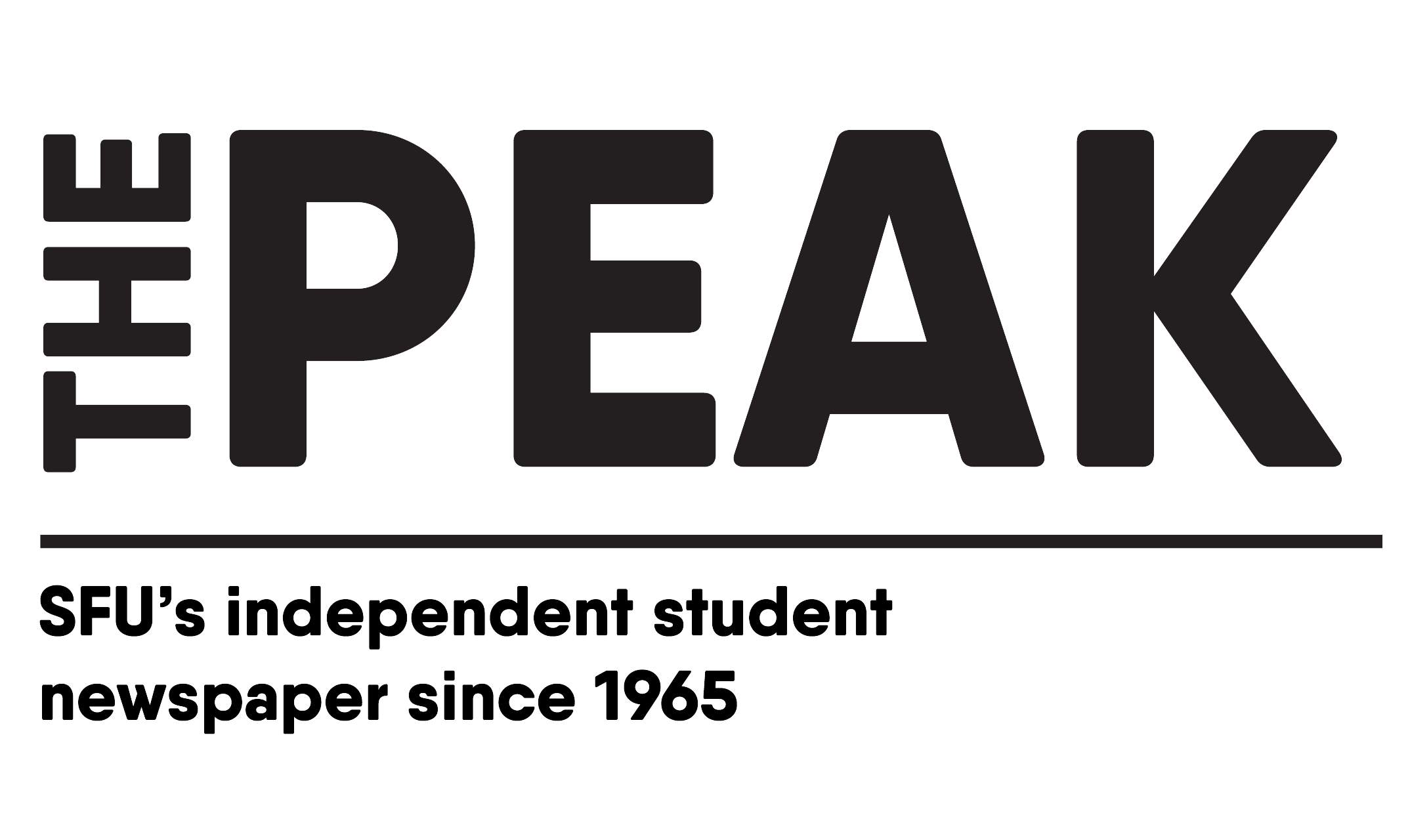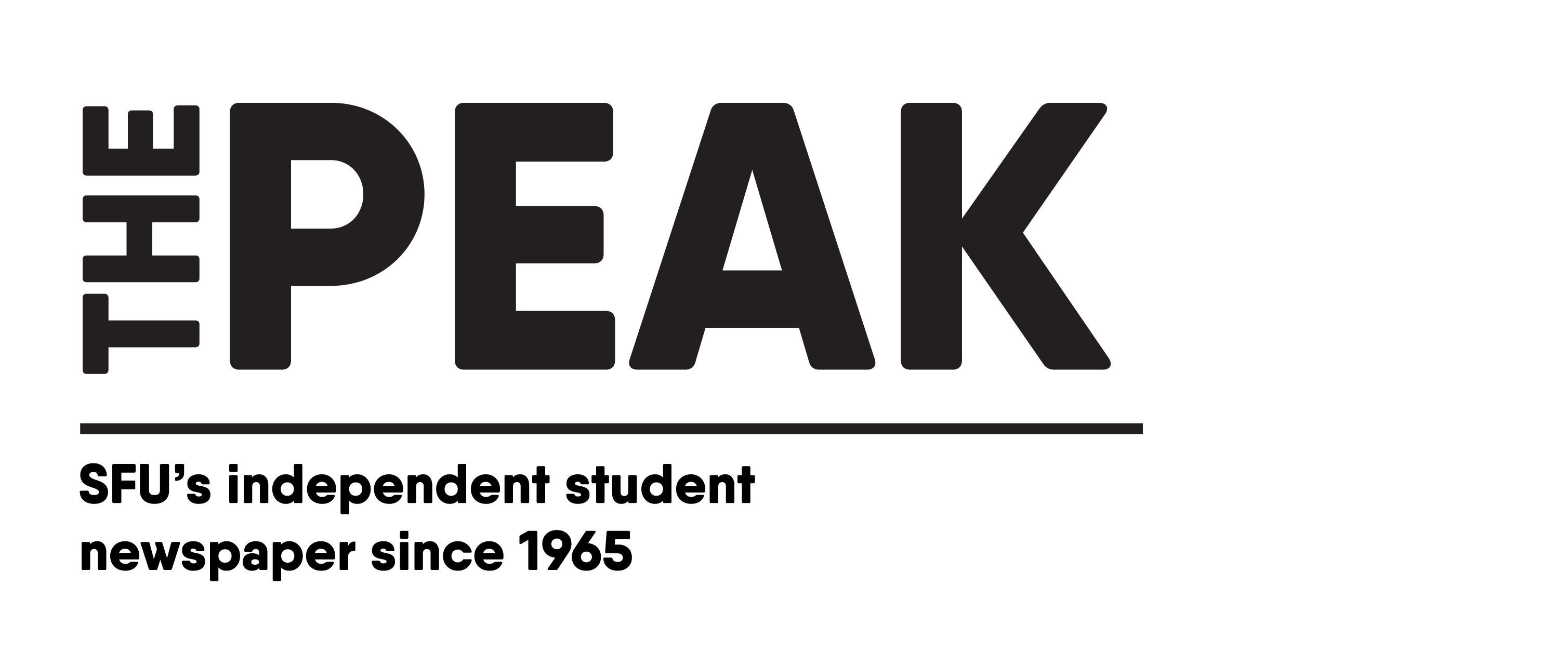By: Izzy Cheung, Arts & Culture Editor
Content warning: mentions of assimilation, residential schools, and cultural genocide.
Colours bleed into the pages of a black and white newspaper as a low-tone humming surrounds the screen. The steady, heartbeat-like fervor of a drum echoes through the scene. A powerful voice sings a chant-like melody. Sitting at a large wooden desk is a man, his burly shoulders wrapped up in a crisp suit, elation hitting his features as he passes a piece of paper. The form is signed, and in the distance, you can hear an airplane pass over the sky. Suddenly, the beat switches.
The powerful strums of an electric guitar pierce the steady drum beats. A tambourine chatters on in the background. The song has shifted, becoming immersed in a pop-rock beat that has you tapping your foot to the rhythm. With the snap of a finger, this serious, heavy scene has transformed into a lively performance worthy of an award-winning stage. This sudden tone-shifting and musical action is a trademark piece of the puzzle that is Marie Clements’ The Road Forward.
A unique blend of documentary and musical, The Road Forward is an electric guitar-charged, slow-drum settled collection of old and new history behind Indigenous peoples’ fight for rights. It mixes modern-day recounts of various struggles with clippings from old newspapers detailing the same issues at their respective times. Sprinkled between these are performances of original songs with non-specific historical figures dressed up as if they had been transported back in time.
Clements, a Métis and Dene director and filmmaker, came up with the idea for this innovative musical documentary from “writing different lyrics based off of different headlines and stories that hit me,” she said in an interview with CBC. These headlines came from The Native Voice, Canada’s first Indigenous-centred newspaper. This became a defining factor in not only the creation of this documentary-musical-hybrid, but also how it was stylistically formatted.
“At the end of the film, everyone comes together to sing a final song, mixing harmonious voices with roaring chants and thudding drums decorated with the traditional formline art of the Northwest Coast. It’s the perfect ending to such an eye-opening documentary.”
When going through a newspaper, Clements told Vancouver is Awesome, “You’re getting a sense of urgency or a sense of movement or a sense of excitement or anger or curiosity about each story or headline.” That’s something she wanted to mimic for this film’s audience.
Newspapers and upbeat tunes aren’t the only prolific parts about this documentary. There are times when the upbeat tune starts to grow soft — the type of “soft” you associate with a horror movie when things seem too positive to be safe. This occurs in the seemingly cheery song, “Good God, I was a Sinner,” a folk song that discusses Indigenous children being forced into residential schools. As the campfire beat continues, the joyful setting begins to change, slashed through with distorted black and white videos of Indigenous children being forced to assimilate into so-called Canadian culture. The sky grows gray, the wind picks up, and the singers’ voices begin to waver. It’s a spine-chilling scene that serves as a stark reminder of the injustices committed towards not just the Indigenous children of that time, but also those who must face the consequences of these decisions to this day.
The dark, cruel world of black and white shifts when the seashell-stained waters of the West Coast wash up on the shore. A woman’s soft lilt echoes amidst the swirling sound of the shore. Singer Jennifer Kreisberg kneels to touch the water, followed by other members of the cast. As the voice continues to hum, they stand, all walking together as they make their way from nature into the city. Seeing everyone come together, as if all part of one cohesive group, was the most touching moment in the documentary to me. At the end of the film, everyone comes together to sing a final song, mixing harmonious voices with roaring chants and thudding drums decorated with the traditional formline art of the Northwest Coast. It’s the perfect ending to such an eye-opening documentary.
The Road Forward is, at its core, a tricky one to traverse — one that Clements executes masterfully with her musical flair. This documentary may have come out in 2017, but regardless of how far into the future we travel, it’s clear that there must always be a “road forward” for those who have been wronged by the injustices of colonization.
Watch The Road Forward at nfb.ca





